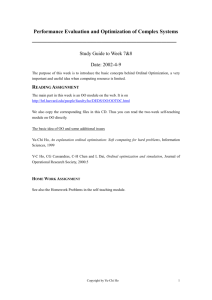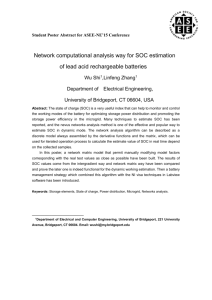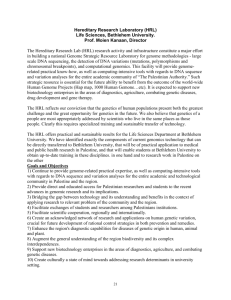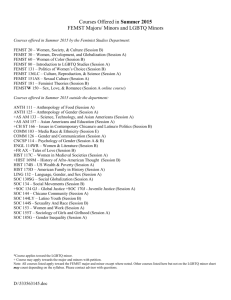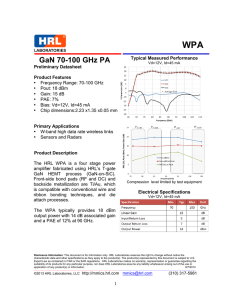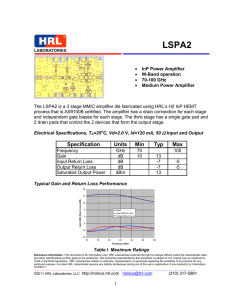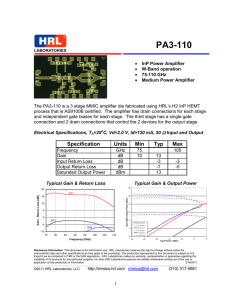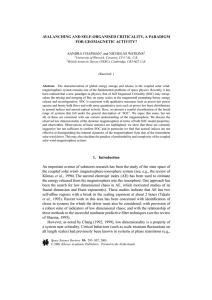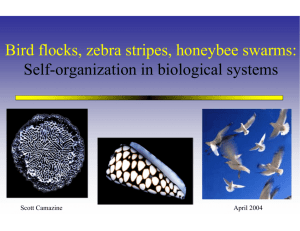Project Description - IPAM
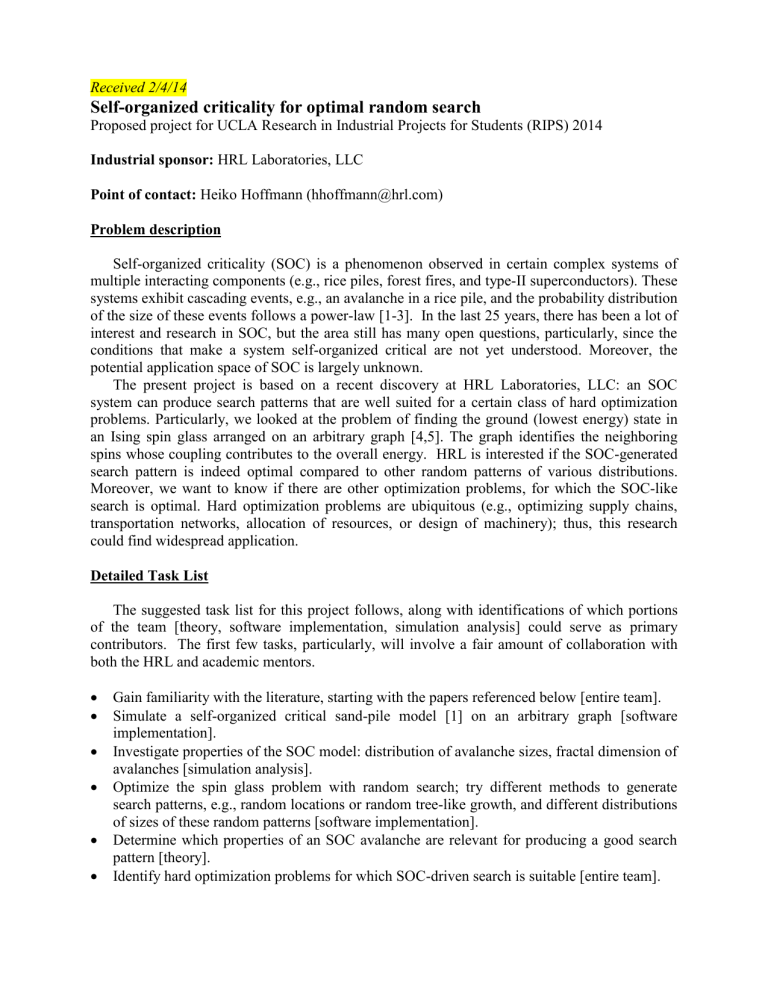
Received 2/4/14
Self-organized criticality for optimal random search
Proposed project for UCLA Research in Industrial Projects for Students (RIPS) 2014
Industrial sponsor: HRL Laboratories, LLC
Point of contact: Heiko Hoffmann (hhoffmann@hrl.com)
Problem description
Self-organized criticality (SOC) is a phenomenon observed in certain complex systems of multiple interacting components (e.g., rice piles, forest fires, and type-II superconductors). These systems exhibit cascading events, e.g., an avalanche in a rice pile, and the probability distribution of the size of these events follows a power-law [1-3]. In the last 25 years, there has been a lot of interest and research in SOC, but the area still has many open questions, particularly, since the conditions that make a system self-organized critical are not yet understood. Moreover, the potential application space of SOC is largely unknown.
The present project is based on a recent discovery at HRL Laboratories, LLC: an SOC system can produce search patterns that are well suited for a certain class of hard optimization problems. Particularly, we looked at the problem of finding the ground (lowest energy) state in an Ising spin glass arranged on an arbitrary graph [4,5]. The graph identifies the neighboring spins whose coupling contributes to the overall energy. HRL is interested if the SOC-generated search pattern is indeed optimal compared to other random patterns of various distributions.
Moreover, we want to know if there are other optimization problems, for which the SOC-like search is optimal. Hard optimization problems are ubiquitous (e.g., optimizing supply chains, transportation networks, allocation of resources, or design of machinery); thus, this research could find widespread application.
Detailed Task List
The suggested task list for this project follows, along with identifications of which portions of the team [theory, software implementation, simulation analysis] could serve as primary contributors. The first few tasks, particularly, will involve a fair amount of collaboration with both the HRL and academic mentors.
Gain familiarity with the literature, starting with the papers referenced below [entire team].
Simulate a self-organized critical sand-pile model [1] on an arbitrary graph [software implementation].
Investigate properties of the SOC model: distribution of avalanche sizes, fractal dimension of avalanches [simulation analysis].
Optimize the spin glass problem with random search; try different methods to generate search patterns, e.g., random locations or random tree-like growth, and different distributions of sizes of these random patterns [software implementation].
Determine which properties of an SOC avalanche are relevant for producing a good search pattern [theory].
Identify hard optimization problems for which SOC-driven search is suitable [entire team].
Desired qualifications
The mathematics background best suited for this project is covered by coursework or equivalent experience in mathematical optimization and statistics. One or more team members should have a familiarity with basic graph theory and cellular automata. At least two students should have strong software development skills (preferably in C/C++).
References (and recommended reading):
[1] P. Bak, C. Tang, and K. Wiesenfeld, “Self-organized criticality: An explanation of the 1/ f noise”,
Physical Review Letters 59, 381 (1987).
[2] V. Frette, K. Christensen, A. Malthe-Sørenssen, J. Feder, T. Jøssang, and P. Meakin, “Avalanche dynamics in a pile of rice”, Nature 379, 49 (1996).
[3] H. J. Jensen. Self-Organized Criticality: “Emergent Complex Behavior in Physical and Biological
Systems”, Cambridge Lecture Notes in Physics 10 (1998).
[4] F. Barahona, On the computational complexity of Ising spin glass models, Journal of Physics A:
Mathematical and General 15 (10), 3241 (1982).
[5] S.V. Isakov, I.N. Zintchenko, T.F. Rønnow, and M. Troyer, “Optimized simulated annealing for Ising spin glasses”, arXiv:1401.1084 (2014)
